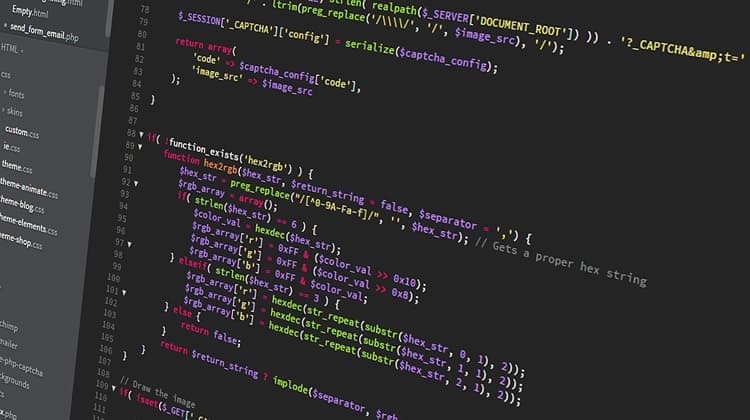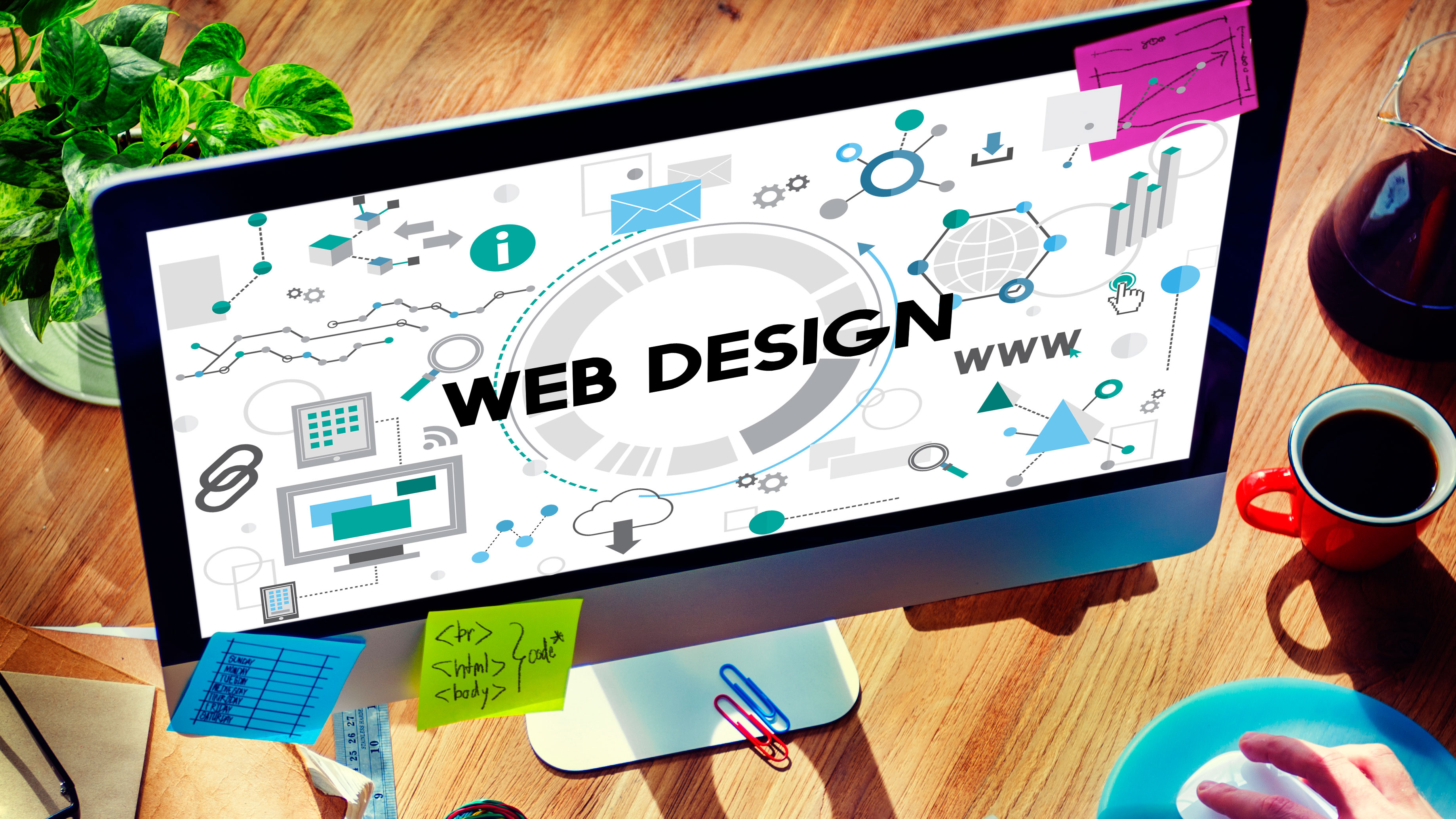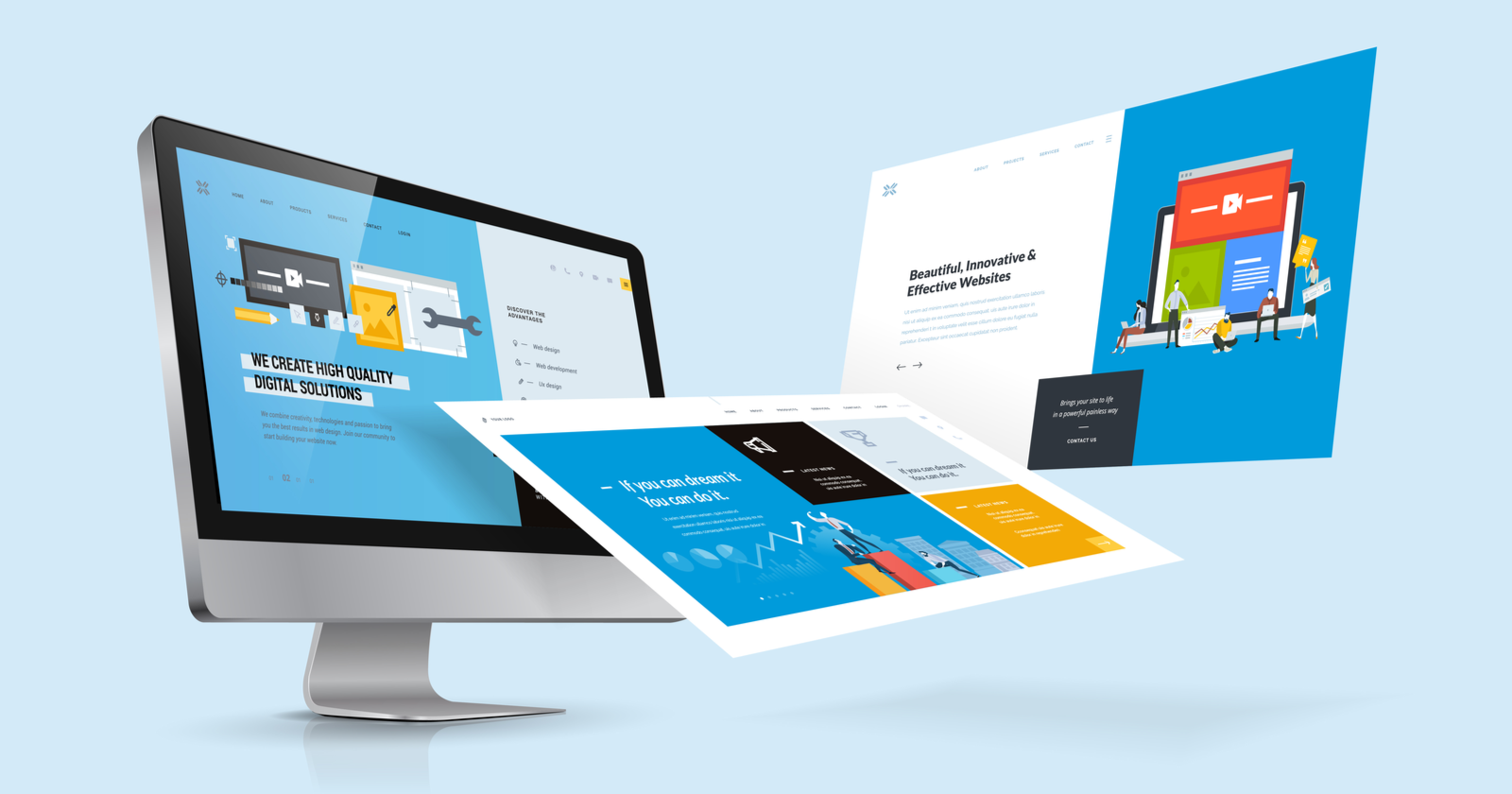All Categories
Featured
Table of Contents
- – Wicky Design: Philadelphia Web Design Tips and...
- – Ciw Web Design Series Tips and Tricks:
- – The Leader In Website Design – Squarespace Ti...
- – Beginner's Guide: How To Learn Web Design At ...
- – Ciw Web Design Series Tips and Tricks:
- – Trajectory: Atlanta Web Design Company Tips a...
- – Top 30 Web Design Companies - Apr 2022 - Des...
- – What Is Web Design, How To Do It Right And B...
- – Web Page Design: A Comprehensive Guide - Ado...
- – The Leader In Website Design – Squarespace T...
- – 10 Good Deeds In Web Design - Nielsen Norman...
Wicky Design: Philadelphia Web Design Tips and Tricks:
Quick summary Functionality and the utility, not the visual style, identify the success or failure of a website. Given that the visitor of the page is the only person who clicks the mouse and for that reason chooses whatever, user-centric design has actually developed as a standard technique for effective and profit-oriented website design - web design frederick md.
and the energy, not the visual design, figure out the success or failure of a site. Because the visitor of the page is the only individual who clicks the mouse and for that reason chooses whatever, user-centric style has actually ended up being a standard method for effective and profit-oriented web style. After all, if users can't use a function, it might too not exist.
g. where the search box ought to be placed) as it has already been carried out in a variety of posts; instead we concentrate on the approaches which, used effectively, can result in more advanced style choices and streamline the procedure of perceiving provided info. Please notice that you might be thinking about the usability-related posts we have actually released prior to: Concepts Of Great Site Style And Effective Website Design Guidelines, In order to utilize the principles correctly we initially need to understand how users communicate with sites, how they think and what are the basic patterns of users' behavior.
Ciw Web Design Series Tips and Tricks:
Visitors look at each new page, scan some of the text, and click on the first link that captures their interest or vaguely resembles the important things they're looking for. There are big parts of the page they don't even look at. The majority of users look for something intriguing (or beneficial) and clickable; as soon as some appealing prospects are discovered, users click.
If a page provides users with top quality content, they want to compromise the content with advertisements and the design of the website. This is the reason that not-that-well-designed websites with high-quality content acquire a great deal of traffic over years. Material is more vital than the design which supports it.

Users do not check out, they scan. Notice how "hot" locations abrupt in the middle of sentences. This is normal for the scanning process. Very easy principle: If a website isn't able to satisfy users' expectations, then designer failed to get his job done correctly and the business loses money. The greater is the cognitive load and the less user-friendly is the navigation, the more prepared are users to leave the website and search for alternatives.
The Leader In Website Design – Squarespace Tips and Tricks:
Neither do they scan website in a linear style, going sequentially from one site area to another one. Instead users satisfice; they select the first sensible choice. As quickly as they discover a link that appears like it may cause the goal, there is a great chance that it will be immediately clicked.
It doesn't matter to us if we understand how things work, as long as we can utilize them. If your audience is going to act like you're designing signboard, then style excellent billboards." Users wish to be able to control their browser and depend on the consistent information presentation throughout the site.
If the navigation and website architecture aren't user-friendly, the variety of question marks grows and makes it harder for users to understand how the system works and how to obtain from point A to point B. A clear structure, moderate visual ideas and quickly identifiable links can assist users to find their path to their goal.
Beginner's Guide: How To Learn Web Design At Home - Medium Tips and Tricks:

Given that users tend to check out sites according to the "F"-pattern, these 3 statements would be the very first elements users will see on the page once it is packed. The design itself is basic and user-friendly, to comprehend what the page is about the user needs to search for the answer.
As soon as you have actually achieved this, you can interact why the system is helpful and how users can benefit from it. Individuals won't use your web website if they can't discover their way around it. 2. Don't Waste Users' Persistence, In every task when you are going to use your visitors some service or tool, attempt to keep your user requirements minimal.
Newbie visitors want to, not filling long web types for an account they may never ever use in the future. Let users check out the site and discover your services without forcing them into sharing private data. It's not affordable to force users to go into an e-mail address to check the function.
Ciw Web Design Series Tips and Tricks:
Stikkit is an ideal example for an easy to use service which requires nearly absolutely nothing from the visitor which is inconspicuous and soothing. Which's what you want your users to feel on your web website. Obviously, Termite requires more. Nevertheless the registration can be done in less than 30 seconds as the kind has horizontal orientation, the user doesn't even need to scroll the page.
A user registration alone is sufficient of an impediment to user navigation to reduce incoming traffic. 3. Handle To Focus Users' Attention, As sites supply both fixed and vibrant material, some elements of the interface draw in attention more than others do. Clearly, images are more attractive than the text simply as the sentences marked as strong are more attractive than plain text.
Focusing users' attention to particular areas of the website with a moderate use of visual elements can assist your visitors to receive from point A to point B without thinking about how it in fact is supposed to be done. The less enigma visitors have, the they have and the more trust they can develop towards the company the site represents.
Trajectory: Atlanta Web Design Company Tips and Tricks:
Aim For Function Direct exposure, Modern web designs are typically slammed due to their method of assisting users with visually appealing 1-2-3-done-steps, large buttons with visual impacts etc. From the style viewpoint these elements really aren't a bad thing.
The site has 9 main navigation options which are visible at the very first glimpse. The choice of colors may be too light, though. is an essential concept of effective interface style. It doesn't really matter how this is accomplished. What matters is that the content is well-understood and visitors feel comfortable with the method they connect with the system.
com gets straight to the point. No charming words, no overemphasized declarations. Instead a cost: just what visitors are looking for. An optimum option for efficient writing is touse brief and succinct expressions (come to the point as rapidly as possible), use scannable design (categorize the material, use several heading levels, utilize visual aspects and bulleted lists which break the flow of consistent text blocks), use plain and unbiased language (a promo does not require to sound like advertisement; offer your users some reasonable and objective reason that they ought to utilize your service or remain on your site)6.
Top 30 Web Design Companies - Apr 2022 - Designrush Tips and Tricks:
Users are seldom on a site to take pleasure in the style; furthermore, in most cases they are looking for the info despite the style - web design frederick md. Strive for simpleness rather of complexity. From the visitors' viewpoint, the finest site style is a pure text, with no advertisements or further content blocks matching precisely the question visitors used or the content they've been trying to find.
Finch clearly provides the information about the site and gives visitors a choice of alternatives without overcrowding them with unnecessary material. 7. Do not Be Afraid Of The White Area, Actually it's actually hard to overestimate the value of white space. Not only does it assist to for the visitors, but it makes it possible to perceive the info provided on the screen.
Complex structures are more difficult to check out, scan, examine and work with. If you have the option in between separating two design sectors by a noticeable line or by some whitespace, it's usually better to use the whitespace option. (Simon's Law): the better you manage to supply users with a sense of visual hierarchy, the simpler your content will be to view.
What Is Web Design, How To Do It Right And Best Skills - Rock ... Tips and Tricks:
The same conventions and rules ought to be used to all elements.: do the most with the least quantity of cues and visual components. Four significant points to be thought about: simpleness, clearness, diversity, and focus. Simplicity includes only the components that are crucial for interaction. Clarity: all parts need to be created so their significance is not uncertain.
Conventions Are Our Friends, Conventional style of site aspects does not lead to a dull website. As they lower the learning curve, the need to figure out how things work. It would be an usability headache if all websites had various visual discussion of RSS-feeds. That's not that different from our routine life where we tend to get used to standard principles of how we organize data (folders) or do shopping (placement of items).
comprehend what they're anticipating from a site navigation, text structure, search positioning etc. A common example from use sessions is to translate the page in Japanese (assuming your web users don't understand Japanese, e. g. with Babelfish) and offer your usability testers with a task to discover something in the page of various language.
Web Page Design: A Comprehensive Guide - Adobe Xd Ideas Tips and Tricks:
Steve Krug suggests that it's better to, but benefit from conventions when you do not. 10. Test Early, Test Frequently, This so-called TETO-principle must be used to every website design job as usability tests often supply into substantial problems and concerns connected to a provided layout. Test not too late, not too little and not for the wrong reasons.
Some crucial indicate keep in mind: according to Steve Krug, and testing one user early in the project is better than screening 50 near completion. Accoring to Boehm's first law, mistakes are most regular throughout requirements and design activities and are the more pricey the later they are gotten rid of.
That indicates that you develop something, test it, repair it and then test it again. There might be issues which have not been found during the very first round as users were virtually obstructed by other issues.
The Leader In Website Design – Squarespace Tips and Tricks:

This holds for designers as well. After you have actually worked on a website for few weeks, you can't observe it from a fresh perspective any longer. You understand how it is developed and therefore you understand precisely how it works you have the wisdom independent testers and visitors of your site would not have.
It can be connected to other locations such as graphic style, user experience, and multimedia arts, but is more appropriately seen from a technological perspective. It has ended up being a large part of individuals's daily lives. It is difficult to envision the Internet without animated graphics, various styles of typography, background, videos and music.

During 1991 to 1993 the Internet was born. Text-only pages might be seen utilizing an easy line-mode internet browser. In 1993 Marc Andreessen and Eric Bina, developed the Mosaic web browser. At the time there were numerous internet browsers, however most of them were Unix-based and naturally text heavy. There had actually been no integrated approach to graphic design aspects such as images or noises.
10 Good Deeds In Web Design - Nielsen Norman Group Tips and Tricks:
The W3C was created in October 1994 to "lead the Internet to its complete capacity by developing common procedures that promote its advancement and ensure its interoperability." This prevented any one business from monopolizing a propriety internet browser and programs language, which could have changed the effect of the World Wide Web as a whole.
As this has occurred the innovation of the web has likewise moved on. There have actually also been considerable changes in the method individuals utilize and access the web, and this has actually changed how websites are developed.
Learn more about Lovell Media Group LLC or TrainACETable of Contents
- – Wicky Design: Philadelphia Web Design Tips and...
- – Ciw Web Design Series Tips and Tricks:
- – The Leader In Website Design – Squarespace Ti...
- – Beginner's Guide: How To Learn Web Design At ...
- – Ciw Web Design Series Tips and Tricks:
- – Trajectory: Atlanta Web Design Company Tips a...
- – Top 30 Web Design Companies - Apr 2022 - Des...
- – What Is Web Design, How To Do It Right And B...
- – Web Page Design: A Comprehensive Guide - Ado...
- – The Leader In Website Design – Squarespace T...
- – 10 Good Deeds In Web Design - Nielsen Norman...
Latest Posts
34 Of The Best Website Designs To Inspire You In 2022 Tips and Tricks:
What Is Web Design (And How Do I Get It Right)? - 99designs Tips and Tricks:
Web Design Courses & Tutorials - Codecademy Tips and Tricks:
More
Latest Posts
34 Of The Best Website Designs To Inspire You In 2022 Tips and Tricks:
What Is Web Design (And How Do I Get It Right)? - 99designs Tips and Tricks:
Web Design Courses & Tutorials - Codecademy Tips and Tricks: